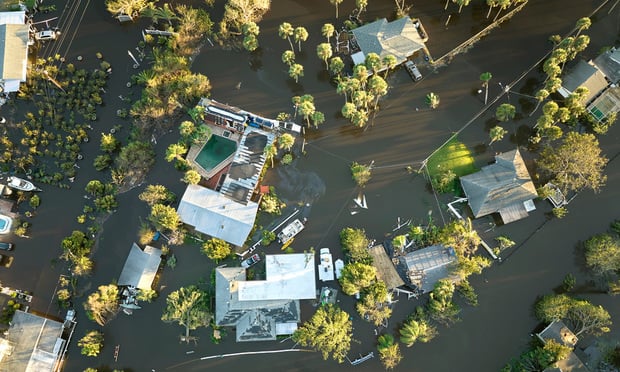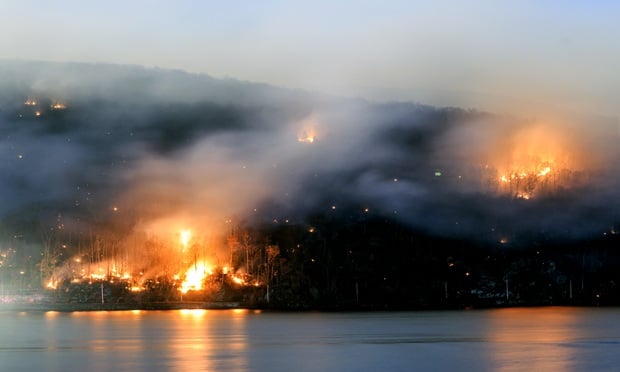NU Online News Service, Feb. 24, 1:08 p.m. EST
Moody’s Investor Services said it will take no immediate action on New Zealand and Australia issuers as a result of the Christchurch earthquake on Feb. 21 but that losses could hinge on whether this quake is considered a new event.
The “immediate consequences of the earthquake—and likely direct consequences over time to rated issuers—are clearly negative but do not pose immediate rating threats,” Moody’s said in a note.
The rating agency said that much of the damage will be covered by the New Zealand Earthquake Commission to residential properties, but some insurers will still get hit hard since they are already dealing with the effects of an earthquake in the same area last September.
SLIDESHOWS: Day 1 Damage Photos and Day 2 Damage Photos
The earthquake commission provides coverage of up to $73,385 (NZD $100,000) per building for residential owners who purchase fire insurance.
Losses may depend on whether this latest earthquake, considered an aftershock of the September quake, will be considered a new event.
“This would have clear, favorable implications for a company like Suncorp, which will likely experience additional losses that could be reinsured in full if this latest earthquake is considered to be the same event,” Moody’s said.
Australia’s Suncorp has also been hit hard with claims related to massive flooding in its home country.
If this quake is a separate event, Suncorp’s reinsurance will limit the cost to about $45 million (NZD $60 million) and any loss above that point will be covered by reinsurance, said Moody’s.
QBE Insurance Group is exposed mostly to commercial rather than residential and the net loss from the September earthquake was within their 2010 allowance for natural disasters, Moody’s said. The insurer’s losses from this event and from flooding in Australia are covered by its $1.5 billion allowance for 2011.
LATEST ON EARTHQUAKE
According to modeler Risk Management Solutions (RMS), rescuers in Christchurch, New Zealand, have confirmed 98 deaths and about 225 people are still missing. Infrastructure, power and communication continue to be disrupted following the magnitude 6.3 earthquake on Feb. 21 (Feb. 22 local time).
RMS said the damage appears to be more extensive than the September quake. Christchurch’s central business district has a number of collapsed and heavily damaged buildings. In the town of Lyttelton, closest to the earthquake’s epicenter, there is severe damage.
“Secondary impacts from the ground shaking are emerging throughout the region, including cases of fire, landslides and localized liquefaction, as well as flooding,” said Emily Paterson, associate manager of cat response at RMS.
Liquefaction happens after an earthquake, when loose, sandy soil substantially loses strength and stiffness.
Catastrophe modeler AIR Worldwide said losses from the earthquake are expected to be between $3.5 billion and $11.5 billion. The estimate includes damage to property, contents and direct business interruption losses.
Want to continue reading?
Become a Free PropertyCasualty360 Digital Reader
Your access to unlimited PropertyCasualty360 content isn’t changing.
Once you are an ALM digital member, you’ll receive:
- Breaking insurance news and analysis, on-site and via our newsletters and custom alerts
- Weekly Insurance Speak podcast featuring exclusive interviews with industry leaders
- Educational webcasts, white papers, and ebooks from industry thought leaders
- Critical converage of the employee benefits and financial advisory markets on our other ALM sites, BenefitsPRO and ThinkAdvisor
Already have an account? Sign In Now
© 2024 ALM Global, LLC, All Rights Reserved. Request academic re-use from www.copyright.com. All other uses, submit a request to [email protected]. For more information visit Asset & Logo Licensing.








